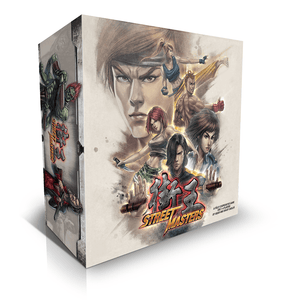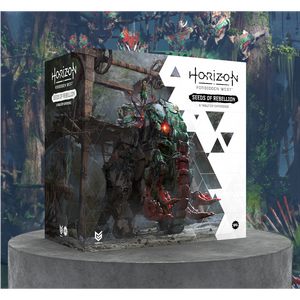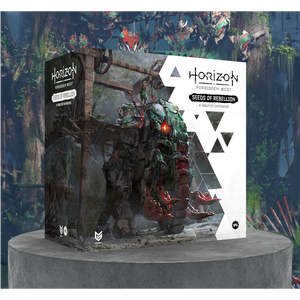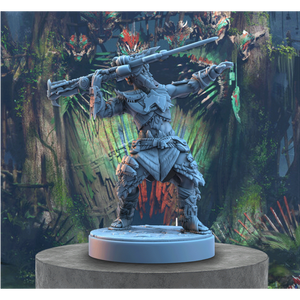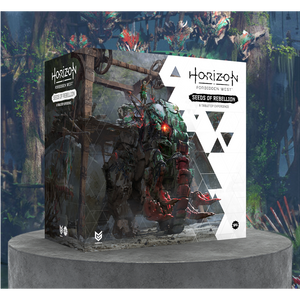Welcome, shipmates, to the final designer diary for Sea of Thieves™: Voyage of Legends.
Writing them has been a lot of fun, and I’ve loved the trip down memory lane (as I mentioned before, this is a game that’s been in development for about three years now), recalling our early concepts and discussions and some of the playtesting that went into the game.
And if you’re just discovering this series now, and wanted to check out the previous articles, or have been following them but missed one, don’t worry—you can still find them here.
So, at this point we’re at the tail-end of the game’s overview, having discussed more or less the entire structure and several of the different mechanics and themes within. Only a couple of things remain, both of which I’ve hinted at over the last few weeks, but wanted to save until last.
And those are…
We’re Going On a Voyage
Voyages are one of the staple parts of Sea of Thieves™, and certainly something which is unique to the game. And when it came to our tabletop adaptation, we knew that we couldn’t leave them out—in the first article in series I talked about how one of the video game’s strengths was its character, and voyages are very much part of that rich tableau.
So, how to represent them in the game? Well, for starters, you purchase them from one of the three trading companies, all of whom can be found waiting at the outpost. Sound familiar? I imagine it does!
There are three types of voyage in the game, which are broadly tiered based on their difficulty. Meagre voyages are the simplest, with valuable voyages offering a little more challenge, and finally legendary voyages, which are the most difficult and will require the most time in order to complete.
Each ship can have a single voyage, and players should think carefully about what type of voyage to undertake. Completing voyages earns you gold and reputation, the former of which helps you build larger ships and hire more crew, as well as pick up your next quest, and the latter will help you win the game.
But… failing or abandoning a quest will cost you reputation, as you lose face. Choosing a high level voyage when you don’t have the resources for it will sap precious time while your opponents race ahead—especially at the start of the game, lower level quests you can complete in quick succession will be far more efficient. And sometimes, if you have wily and observant opponents around the table, failing a voyage won’t be something within your gift, if they manage to defeat an enemy and collect the bounty before you, or loot a ship carrying precious cargo.
If you hadn’t worked out, undertaking a voyage is a commitment, so be careful to manage them during your games.
The exact nature of the voyages depends on the trading company that issued it. The Gold Hoarders encourage pirates to plunder islands and discover treasure.

The Merchant Alliance are more interested in trading cargo, and transporting it between islands.

By comparison, the Order of Souls care little for treasure or cargo. Instead they’ll have you patrolling around in search of skeleton ships and skeleton captains, and pay richly for bounty skulls.

As you can see here, there are a variety of methods for completing voyages. Some will have you slowly making progress over time with tokens, as you complete different tasks, where others are far quicker and simply require you to perform certain actions.
When you peruse the voyages at the outpost you’ll have a choice of what’s currently available, so think carefully based on what your fleet currently looks like, the state of the game’s tiles, and how deep into the game you are. Don’t choose a voyage to an island if the Megalodon is prowling nearby, or if your destination is on the opposite side of the map, and you might not have enough time to get there before a rival steals your thunder.
Now, I know what you’re thinking… isn’t there another, less friendly trading company? Why, yes there is. But they wouldn’t be allowed to step foot on the outpost.
You’ll have to look elsewhere for them…
Which brings me nicely to the fortune deck.
Fortune and Glory
As I mentioned in the last article, the fortune deck is a real menagerie of different events, items, and tricks you can play on your opponents.
At the start of the game each player draws three cards from the deck, providing some asymmetry and hidden information straight away, but that won’t be the only time you see these cards. In the final phase of each round (the aptly named Fortune Phase), each player draws a card from the deck to add to their hand, plus a number of additional cards determined by how large the difference in their reputation score is from that of the player in first place.
In this way, Fortune cards not only add a sense of flavour, unpredictability, and strategic depth to your game, but also a catch up mechanic for players that might not be doing so well. You can only hold three Fortune cards in your hand, so there’s little incentive not to use them when you have them—go forth and wreak havoc on the seas!
We’ve already seen some of these cards in previous articles, but let’s look at a few more now.





Just from what I’ve shown you here, there’s quite the variety of elements presented by this deck, and oftentimes with different triggers. Always expect the unexpected when interacting with the other players, and have your own cards up your sleeve if possible!
I won’t go into any more detail on these—you get the idea by now, and they’re hidden information, after all…
The Sea of Thieves™ Beckons!
And that’s come to the end of our final Sea of Thieves™: Voyage of Legends designer diary. I hope you’ve enjoyed the journey, I know I certainly have. Farewell from me for now, but never fear—I’m sure I’ll see you all for some gameplay videos soon enough!
Come and chat with Sherwin and the rest of the SFG team in the comments below, and on the SFG Discord servers here.

 Join us on Discord
Join us on Discord


